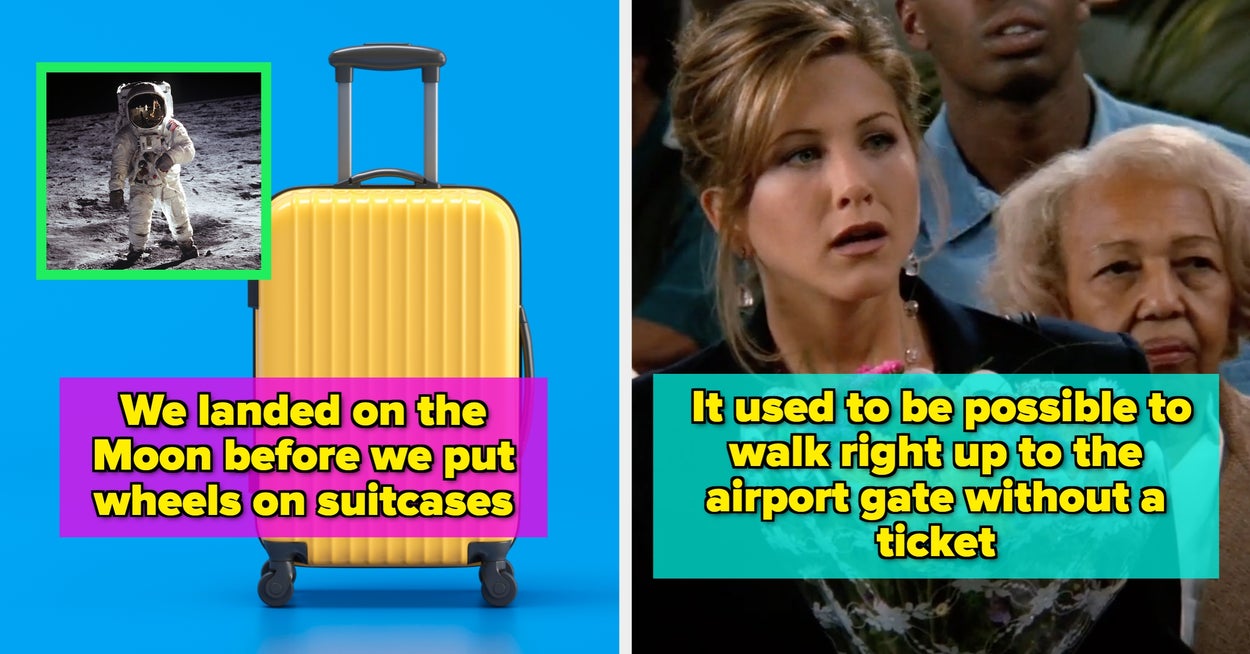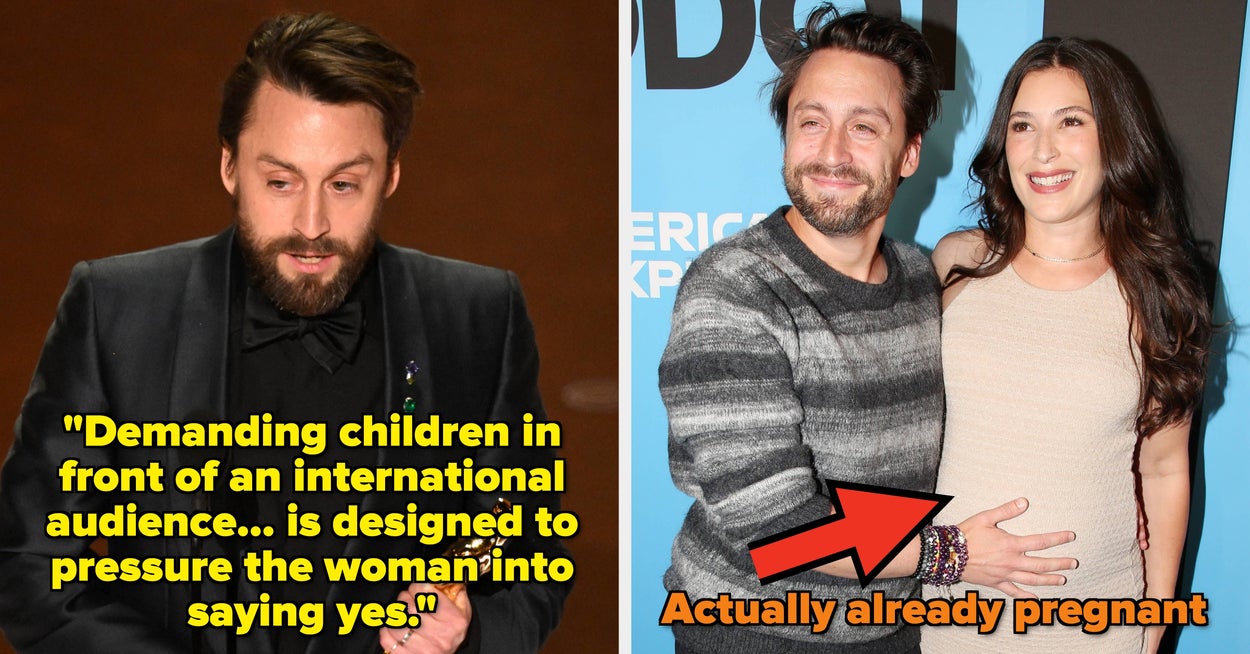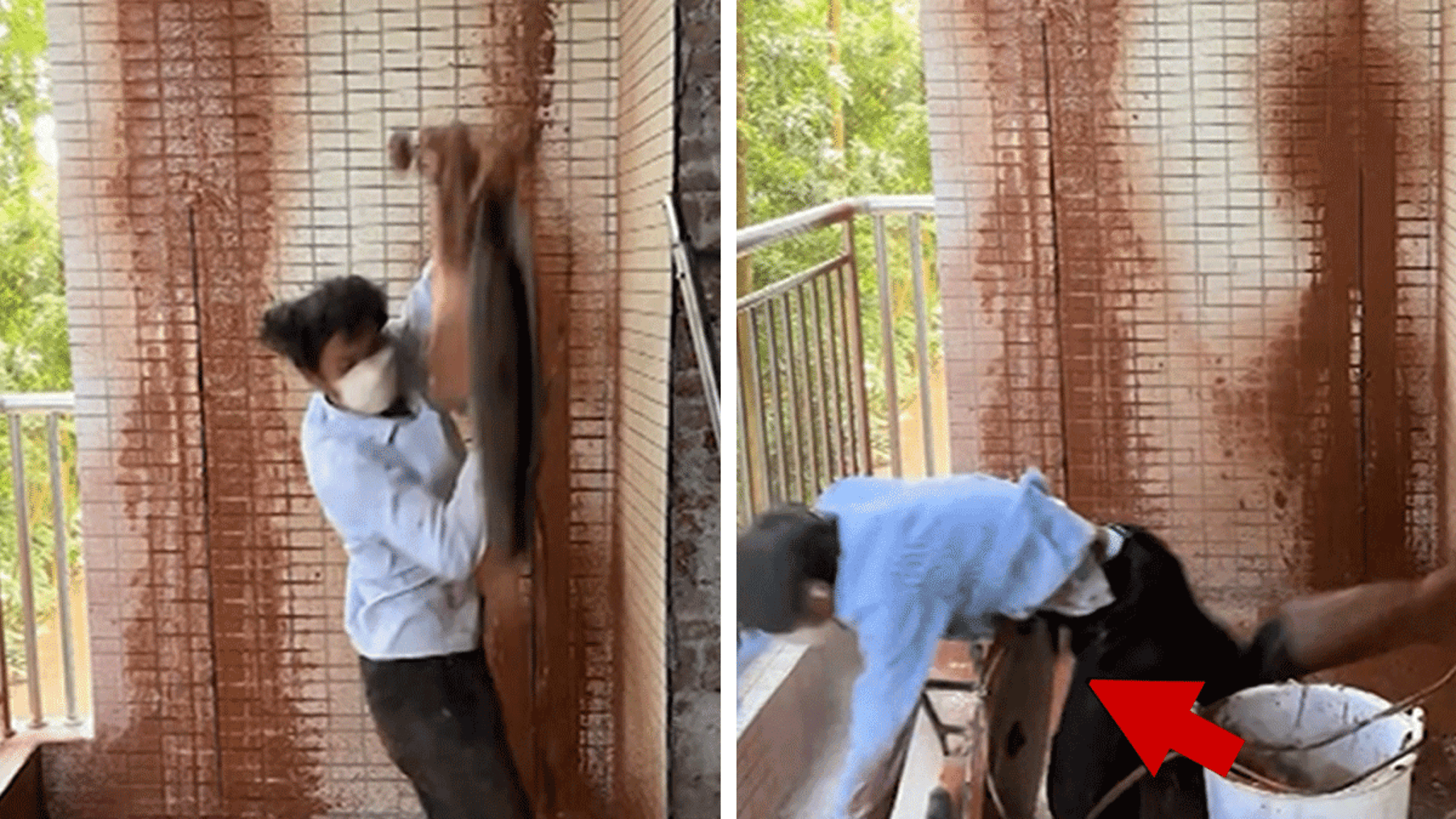1.
Before 1995, Pennsylvania Avenue, the street directly in front of the White House was open to cars. Tourists and locals alike could actually drive right past the president’s home. It was treated like a normal city street, with everyday traffic flowing by. That changed in 1995, when it was permanently closed for security reasons after the Oklahoma City bombing.
2.
Both Disneyland and Walt Disney World required tickets for each ride. Guests didn’t just pay one price to go on everything. Instead, they bought books of ride tickets labeled A through E. The “E-tickets” were for the most popular and exciting attractions. In 1982, Disney switched to the single-admission system still used today.
3.
Also, it wasn’t until 1986 that Disneyland began being open 365 days a year. Prior to that, the park was closed on Mondays and Tuesdays.
4.
For a long time, luggage didn’t come with wheels. Travelers had to carry heavy suitcases (and, remember, airlines used to allow 70-pound bags) by hand to their cars or through airports and stations. Rolling suitcases were invented earlier, but they didn’t catch on right away. It wasn’t until the 1990s that wheeled luggage became the standard. So yes, we landed on the Moon before we put wheels on suitcases.
5.
Before the 1980s, drunk driving wasn’t widely seen as serious or even very wrong. Many people treated it as something common or just part of a night out. Laws existed, but they weren’t strongly enforced, and punishments were often light. Public awareness about the dangers was also much lower than it is today. It wasn’t until campaigns in the ’80s, like those from Mothers Against Drunk Driving (MADD), that attitudes began to change.
6.
The TSA didn’t exist before the September 11th attacks. Instead, each airport was responsible for handling its own security. Private companies hired by the airlines (that, for the most part, went to the lowest bidder) managed the checkpoints and screenings. This meant rules and standards could vary from airport to airport. After 9/11, the federal government created the TSA to take over security nationwide.
7.
Also, it used to be possible to walk right up to the airport gate without a ticket. Friends and family could go drop off loved ones or wait there to greet arriving passengers. People often met their friends and family the moment they stepped off the plane, and would help them with luggage, etc. After 9/11, only ticketed passengers were allowed past the checkpoints.
8.
McDonald’s did not have drive-thrus and wouldn’t add its first one until 1975. Drive-thrus existed at other fast food chains prior to this, but McDonald’s model was built on walking up and ordering or car-hop service (and had slowly morphed into eat-in as well). However, a franchise owner in Sierra Vista, Arizona, installed one in order to service uniformed soldiers stationed at nearby Fort Huachuca, who were not allowed to walk around in uniform outside the base.
9.
For years, most people watched movies at home in a format very different from how they were shown in theaters. Movies on VHS and TV broadcasts were usually in a 4:3 ratio to fit the square shape of old CRT televisions. Letterboxed versions of movies existed on VHS and LaserDisc, but they were mostly for cinephiles who wanted the full widescreen experience. The average viewer didn’t mind losing part of the picture as long as it filled their entire TV screen. Home viewing didn’t start matching the theatrical look until widescreen DVDs and flatscreen TVs became common. Once that happened, people cared about seeing the full picture as it was meant to be shown.
10.
Before YouTube, streaming, or even DVDs, a lot of TV shows and cartoons could simply disappear. If a show was canceled and never aired in reruns, there was really no way to see it again (unless you taped the series or episodes). It was as if the show no longer existed outside of memory. You could only talk about it with friends or family and say, “Remember that one show…?” and hope they knew what you were talking about.
11.
Well into the ’90s, it was common to see people smoking indoors at places like malls and restaurants. Smoking inside was widely accepted, and often smokers expected to be accommodated with a smoking section. By the late ’90s and ’00s, laws and public attitudes shifted, making indoor smoking much less common.
12.
Before universal barcodes, supermarket cashiers had to type in every price by hand. Each item’s cost had to be memorized or read off a sticker. This made the checkout process slower and more prone to mistakes. The system began to change in the mid-’70s, when barcodes were introduced in grocery stores. By the ’80s, scanners became much more common across retail.
13.
Libraries used to keep large collections of old newspapers and magazines (going back decades) for anyone who needed to look something up. If you wanted to research an event or find an old article, you could flip through the physical copies. Many libraries also stored these materials on microfiche to save space. People would sit at special machines to scroll through reels of film. It was one of the main ways to access archived information before the internet.
14.
In the past, some people would arrive at the movie theater late, even when the film was almost over. This wasn’t a big deal because theaters often ran the movie again immediately after it finished. Audiences didn’t have to leave; they could just keep watching from the start. This practice eventually faded as theaters moved to fixed showtimes with breaks in between.
15.
And lastly, for a long time, Hollywood studios didn’t see much value in preserving old costumes, props, or set pieces. Once a film was finished, many of these items were sold off, given away, or simply thrown out. Studios, like MGM, treated their massive backlot warehouses as clutter rather than history. When MGM decided to auction off much of its old inventory in 1970, it could have been the end for many iconic pieces. Actor Debbie Reynolds recognized their cultural importance and began collecting as much as she could. Thanks to her efforts, countless treasures from classic Hollywood were saved. But it’s wild to think how much stuff was lost because studios didn’t think it was worth anything.



